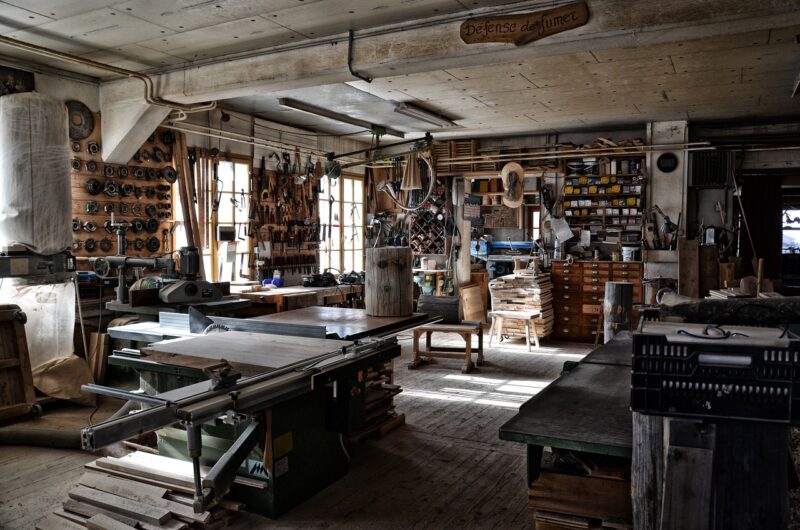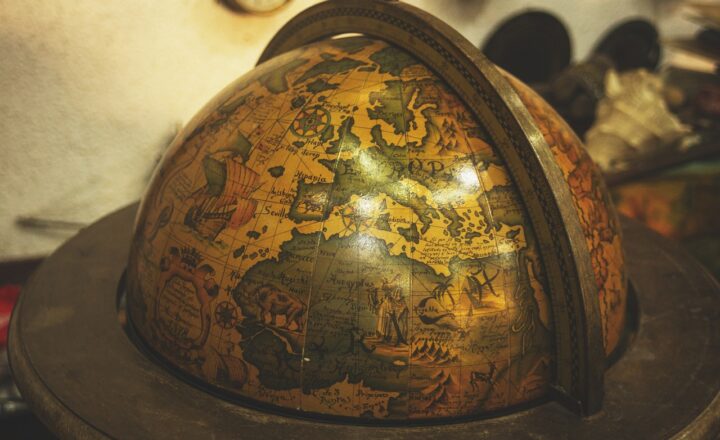The Ancient Art of Glassmaking: How This Craft Transformed from Antiquity to Modern Times
November 14, 2024

Glassmaking, an ancient craft that dates back thousands of years, has undergone remarkable transformations from its humble beginnings to becoming a vital industry that influences art, architecture, and technology. The allure of glass lies not only in its beauty but also in its versatility as a material. This article will explore the rich history of glassmaking, the techniques that have evolved over time, and its significant impact on modern society.
1. The Origins of Glassmaking: A Journey Through Time
The history of glassmaking is shrouded in mystery, with its origins believed to date back to around 3500 BC in Mesopotamia. Early forms of glass, produced accidentally from the melting of sand and soda, evolved into more refined practices due to the growing demand for decorative and functional objects.
Key Milestones in Ancient Glassmaking:
– Egyptians and Phoenicians: By 1500 BC, glassmaking had expanded to Egypt and the Phoenician cities, where artisans began to develop techniques for creating beads, small containers, and glass filigree. The Egyptians utilized glass for various purposes, including jewelry and cosmetic containers, showcasing the artistry involved in early glasswork.
– The Romans: The Roman Empire played a pivotal role in advancing glassmaking techniques. Around 1 AD, the invention of the blowpipe revolutionized the craft, allowing glass to be inflated into various forms with unprecedented efficiency. This technique facilitated the mass production of glassware and brought glass into everyday use, including windows and tableware.
– The Middle Ages: During the Medieval period, glassmaking flourished in places like Venice, where artisans honed their skills to produce exquisite glass pieces. Venetian glass, known for its clarity and intricate designs, became highly sought after across Europe, establishing Venice as a major center of glass production.
2. Techniques of Glassmaking: A Craft of Precision
The artistry of glassmaking relies on intricate techniques that have been passed down through generations. Over the centuries, several methods have emerged, each contributing to the evolution of glass as a medium:
– Blown Glass: This technique, perfected by the Romans, involves the use of a blowpipe to form molten glass into desired shapes. Blown glass products range from delicate vases to robust bottles, allowing artisans to craft items suitable for a variety of uses.
– Mosaic Glass: Originating in ancient Egypt, this process involves creating pieces of glass in various colors and shapes, which are then fused together to create complex designs. Mosaic glass has been extensively used in both ancient and modern architecture, particularly in the creation of stunning stained glass windows.
– Casting Glass: This technique involves pouring molten glass into molds to create solid forms. Artists often utilize casting to produce sculptures and intricate designs that showcase the versatility of glass.
– Fusing and Slumping: These contemporary techniques involve combining glass pieces and heating them until they fuse, or reshaping glass into molds through heat, allowing for innovative and artistic expressions in glass.
3. The Cultural and Economic Impact of Glassmaking
The art of glassmaking has significantly influenced various cultures throughout history:
– In Art and Architecture: Glass has served as a canvas for artistic expression, inspiring countless artists and architects. The use of stained glass in Gothic cathedrals not only provided lighting effects but also told biblical stories, contributing to the cultural narrative of the era. Modern architecture continues to leverage glass to create light-filled spaces and stunning facades.
– Economic Contributions: The glassmaking industry has also played a vital role in economies worldwide. Regions known for their glass production, such as Murano in Italy and Bohemia in the Czech Republic, have developed robust economies centered around this craft. From factories producing tableware to bespoke artisans creating one-of-a-kind pieces, the industry contributes significantly to local and global economies.
4. Modern Glassmaking: Innovation Meets Tradition
Contemporary glassmaking fuses traditional craftsmanship with modern technology. Today’s artisans embrace innovations while honoring historical techniques:
– Technological Advances: Digital tools and techniques enable glassmakers to experiment with new forms and designs. Innovations such as 3D printing with glass and advanced kiln technologies have expanded the possibilities for artistic expression and functional design.
– Sustainable Practices: In response to environmental concerns, glassmakers are increasingly focusing on sustainability by utilizing recycled materials and developing energy-efficient production methods. This shift not only preserves traditional practices but also aligns with contemporary values around sustainability.
– Global Collaborations: The internet has fostered a community of glass artists across the globe, allowing for the sharing of ideas and collaboration on projects that blend diverse cultural influences into new creations.
5. The Future of Glassmaking: Challenges and Opportunities
As we look toward the future, the glassmaking industry faces both challenges and opportunities:
– Economic Pressures: Economic fluctuations and competition from cheaper materials may challenge traditional glass artisans. However, the growing appreciation for handmade and unique items can create niche markets for skilled glassmakers.
– Creative Potential: The rise of art-driven marketplaces and social media provides a platform for glass artists to showcase their work to a global audience, opening new avenues for sales and collaboration.
– Education and Training: As demand for bespoke glass products increases, there’s an opportunity to revitalize glassmaking education. Workshops, community classes, and online tutorials can inspire new generations of artisans and ensure the craft’s survival.
Conclusion: A Timeless Craft
The art of glassmaking, with its rich history and cultural significance, continues to capture the imagination. As skilled artisans navigate the challenges of the modern era, the blend of tradition and innovation promises a vibrant future for glass as a medium. From ancient Egypt to contemporary studios, glass remains a testament to human creativity and craftsmanship, showcasing the beauty that can arise from fire, sand, and artistry.
Embrace the journey of glassmaking, and appreciate the intricacies of this timeless craft that has transformed countless aspects of our lives, and will undoubtedly continue to do so for generations to come.







